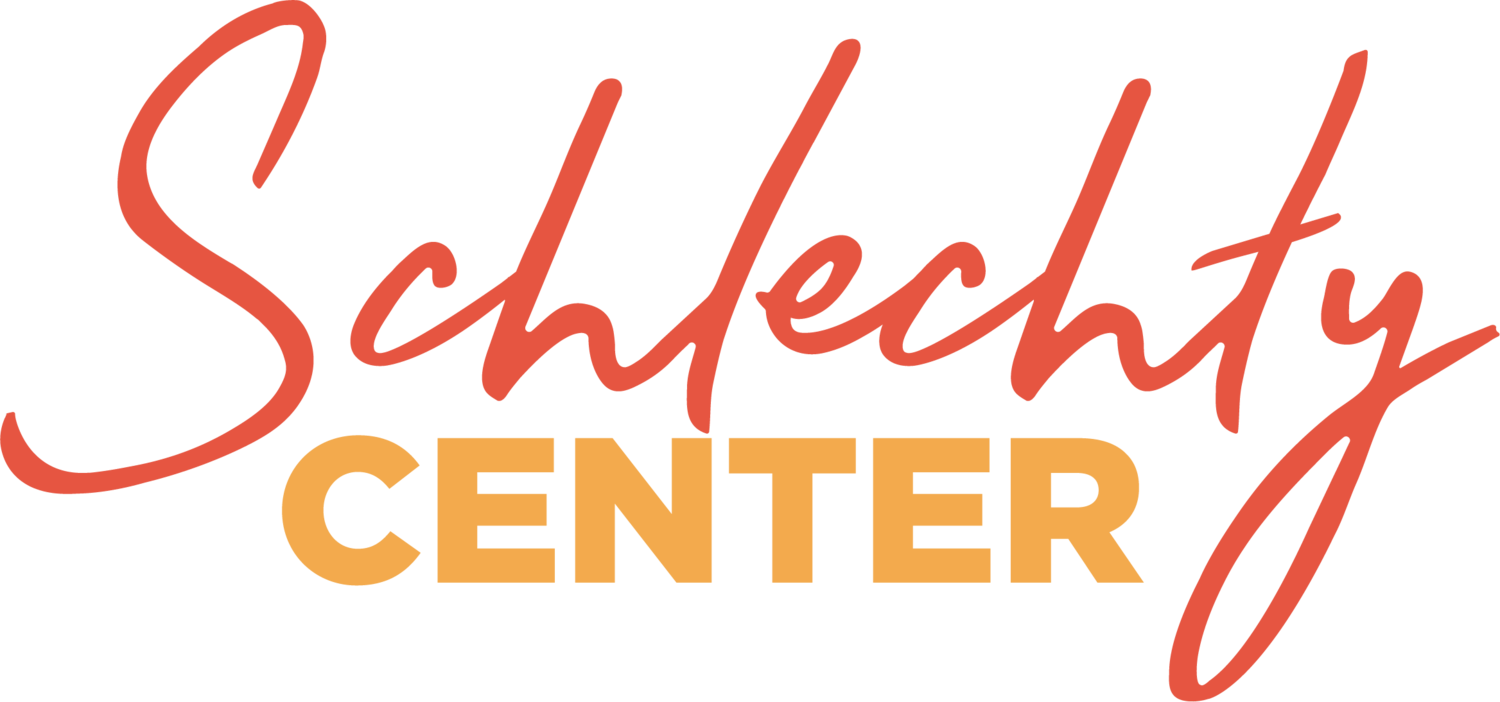As we travel around the country visiting schools, as we research and stay atop the latest trends in digital learning, we offer this blog to discuss the biggest misconception we see in the use of digital technology and learning.
To begin this discussion, let's review the definition of engagement as given to us by Phil Schlechty in this one-minute video.
The biggest misconception we see in the use of digital technology is this: Students love technology and will engage in learning if technology is used.
We live in the twenty-first century. For our students, technology is a way of life. There is simply no consideration of life without it. Students use technology in everything they do. It is not viewed as an engagement device. It is embedded in their everyday lifestyle. Students do not engage with an iPad or a laptop. They may engage with the applications available on those devices. Or they may not.
For students to engage with digital tools, they need to be given the same consideration they require for engagement with all their schoolwork: Educators need to address their needs, motives, and values.
A good example to make this point comes from the gaming industry. Plain and simple, the games that engaged young people 10 years ago are now extinct—save for a few nostalgic collectors. (Let me know the next time you find your young person playing PAC-MAN or Super Mario.) Truthfully, to stay afloat in the gaming industry, games must either evolve into new generations on an annual basis, or companies must continually create new experiences to engage their customers.
The same holds true with ed tech applications.
Three years ago a teacher in South Carolina was very excited about implementing Edmodo into his classroom. His students loved it and engaged—for about six weeks. That is because they engaged with the novelty and variety of a new platform; once that initial novelty and variety wore thin, they were no longer engaged. They had not engaged because of the technology. They were engaged with the novelty and variety of a new digital tool—for a while.
This very big misconception often leads to disastrous mistakes in the use of technology.
At the classroom level, teachers may take old work and simply convert it to digital work. What was once a lecture and worksheet is now a video and PDF worksheet. It can be time-saving. Imagine that all a teacher might have to do to prepare for a class is link a video and PDF from his or her cloud drive into a work design platform (what you may call a learning management system, including Google Classroom, Edmodo, Canvas, Blackboard, Moodle, Schoology, etc.). In the world of SAMR, we call this "living at the substitution level." Nothing has really changed except the technology.
At the district and school level, this misconception often manifests itself into one-size-fits-all technology purchases and required use. For example, a district may purchase instructional software and rotate every student in a school through the software on a weekly basis— whether that learning style meets a student's needs, motives, and values or not. In the initial start-up, students engage because of novelty and variety, but sooner rather than later they become bored to tears with repetitive work. A district may purchase a math app and require its use by all students. But by far the most common practice we see is the purchase of a single work design platform and the requirement that it be used by all teachers for multiple years. Some districts even provide templates and mandate their use in the name of "quality and consistency."
Another current popular movement in the American education scene is the adoption of personalized learning platforms. They promise to adapt to students' needs and interests and allow every child to progress through a body of content at his or her own pace. It sounds like the silver bullet that education continues to relentlessly pursue. These platforms are purchased and implemented for large numbers of students. There are even schools built around the platforms. And the complaints of boredom are already beginning to surface.
To provide engaging work and get the profound learning that comes with it, the silver bullet is here and has been for a long time: It is called design. When teachers design work for students that is rich in content and that addresses their needs, motives, and values, engagement and profound learning will follow. To do that, teachers need to know and use a wide variety of digital and non-digital tools. They need to stay on the cutting edge of the latest tools available (see our blog on digital collaboration). All the tools we seemingly criticize in this blog can come into play. We are not criticizing the tool. We are critcizing the standardized use of digital tools without regard for a student's needs, motives, and values because of a misguided belief students will engage with technology because it is technology.
Districts need to provide the capacity to support engagement through design primarily by finding creative ways to give teachers the time, tools, and technical support to design engaging schoolwork. This can and does happen in schools around the country. We hope it begins happening in more and more of them.
The Engagement People
